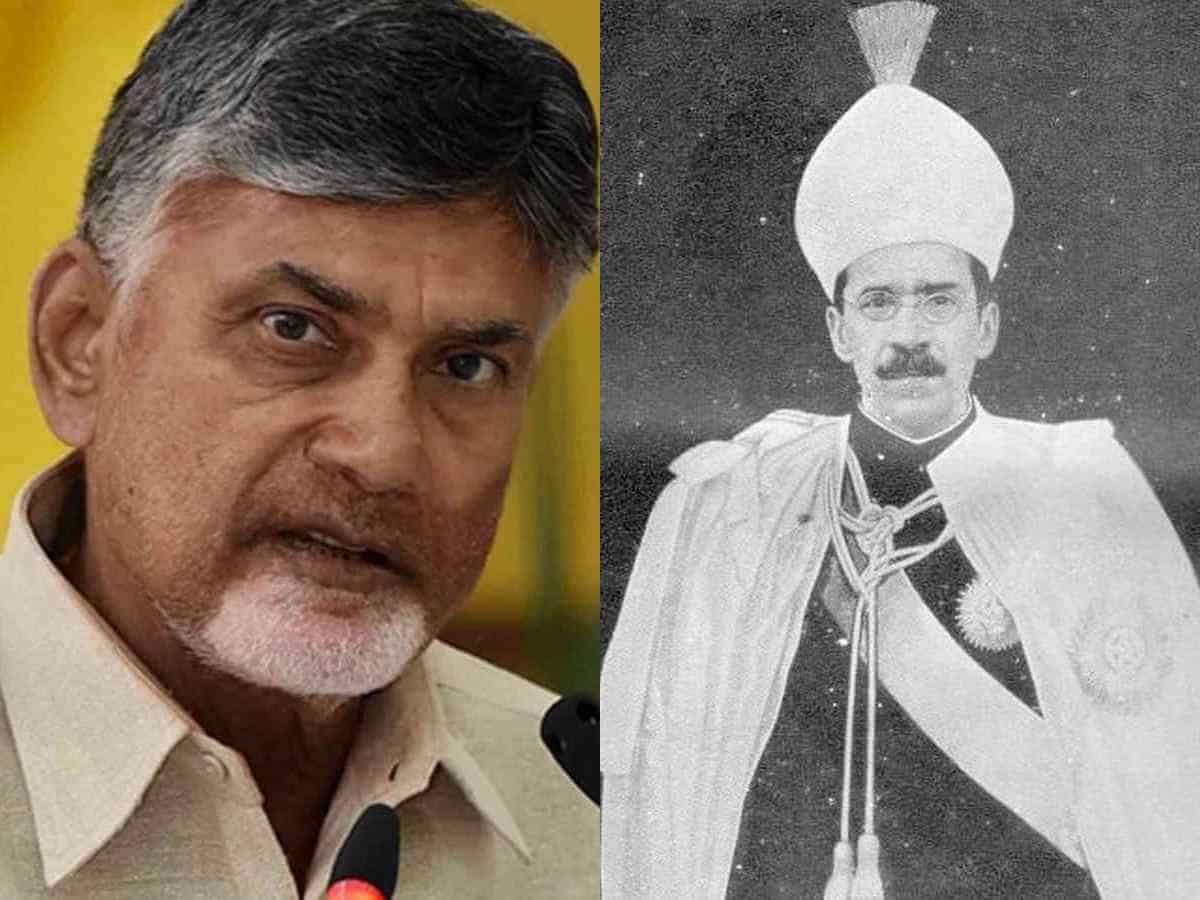Hyderabad: A quick answer to this question from the present generation is, perhaps, Nara Chandrababu Naidu, the Telugu Desam Party president and former chief minister of Andhra Pradesh.
There are others who argue that though it was Naidu who had initiated the development of the present-day Hyderabad, it was during the regime of his successor late Y S Rajasekhar Reddy, the historic city had grown by leaps and bounds into a Greater Hyderabad, the fifth largest metropolitan city in the country.
Well, Naidu, who assumed charge as the chief minister of combined Andhra Pradesh in September 1995, definitely played a major role in bringing Hyderabad on the international map. Madhapur, which was once a small village on the suburbs of Hyderabad, has grown into an Information Technology hub with the establishment of Hitec City, Cyber Towers and Mind Space.
Naidu brought IT giants in Hyderabad
Naidu brought global IT giants like Microsoft, IBM, Oracle, Wipro, Intel and TCS etc. to Hyderabad, besides international institutions like International Institute of Information Technology (IIIT), Indian School of Business etc. In less than half a decade, villages like Madhapur, Nanakramguda, Gachibowli and Kothaguda were transformed into a world-class city called Cyberabad.
Not just Information Technology, the erstwhile chief minister also developed Hyderabad into a pharma hub and also a centre of scientific institutions like Genome Valley. He built an international convention centre at Hitex and several star hotels came up during his regime, as Hyderabad became a tourist attraction. He laid foundation for the creation of massive infrastructure facilities like flyovers, international airport at Shamshabad and outer ring road, which were completed during the regime of Y S Rajasekhar Reddy. During YSR’s regime, Hyderabad Metro Rail project was launched.
And the development was continued and carried forward at a rapid pace during the Telangana Rashtra Samithi government led by chief minister K Chandrasekhar Rao. His son K T Rama Rao has been making relentless efforts not only sustained the Brand Hyderabad, but also enhanced the image of the city at the international level.
Nizams, the real architects of modern Hyderabad
It would only be misleading if one says Hyderabad had witnessed all the development in a span of just two-and-a-half decades. The 400-year-old city founded by Mohd Quli Qutb Shah was known to the rest of the world as a prominent trade centre for diamonds, pearls and a city of culture, much before it turned into a global IT hub.
And it was during the period of the Nizams of Asaf Jahi dynasty from 1724 to 1948, the foundation for the modern Hyderabad had been laid. In short, one can say the real architects of the modern Hyderabad were the Nizams.
It was the Nizams who had created the real infrastructure facilities required for a modern city – roads, power, drinking water sources, transport, education, healthcare and banking. The Nizams had established industries, commercial establishments and trade centres in and around Hyderabad, providing employment opportunities to the people. They had shown what the development was all about during their regime.
The development of a modern Hyderabad was more evident during the period of the last Nizam – Mir Osman Ali Khan. Even before his coronation in 1911, he initiated the construction of two major drinking water reservoirs for Hyderabad – Osman Sagar and Himayat Sagar, which had also provided a lasting solution to the floods to the Musi river.



He established the Osmania General Hospital, which has still been a major healthcare facility for the poor and the middle class people of the Hyderabad. In 1918, he started Osmania University, which provided higher education to the people of all sections of the society and it is still one of the top universities in the country. He also established several educational institutions and made primary education compulsory for all.

Several major public institutions – High Court, Jubilee Hall, Nizamia Observatory, Moazzam Jahi Market, Kacheguda Railway Station, State Central Library, Assembly Building and Victoria Hospital etc. were also built during the Nizam era.


The last Nizam also established his own bank, the Hyderabad State Bank, which later became the State Bank of Hyderabad. Hyderabad was the only state which its own currency. Hyderabad was the only city which had its first airport – Begumpet airport, which had domestic and international flight services. He also established the Nizam State Railways, which had operated both railways and RTC bus services.
Even after the merger of the Hyderabad state into the Indian Union, the Nizam did not stop his contribution to the development of the Hyderabad city. He established the Nizam Orthopaedic Hospital, which later became the Nizam’s Institute of Medical Sciences.
So, who should be given credit to the development of modern Hyderabad?
Nizam’s establishments are now a history
In fact, many of the establishments that came up during the Nizam’s era have now become part of the history, thanks to the privatisation policies of the so-called modern rulers, particularly Chandrababu Naidu, who claims himself to be a reformer of the state’s economy and his successor Y S Rajasekhar Reddy.
The Nizam Sugar Factory founded by the last Nizam in 1938 at Bodhan in Nizamabad district was the largest sugar factory in the entire Asia those days, providing employment to thousands of people. It has been wound up by the Chandrababu Naidu government and sold out to private parties along with its assets running into hundreds of crores of rupees.
The Azam Jahi Mills, a huge textile factory established by the last Nizam in 1934 at Warangal, was one of the biggest textile mills till recently. But it was closed down during the Naidu regime and was finally converted into a real estate venture during the Rajasekhar Reddy government.
Many other establishments built during the Nizams like Nizam Observatory and Osmania General Hospital old building are lying in utter neglect.
It is time the Telangana government carries forward the great legacy of the Nizams, instead of subjecting them to the neglect in the name of modernisation.

